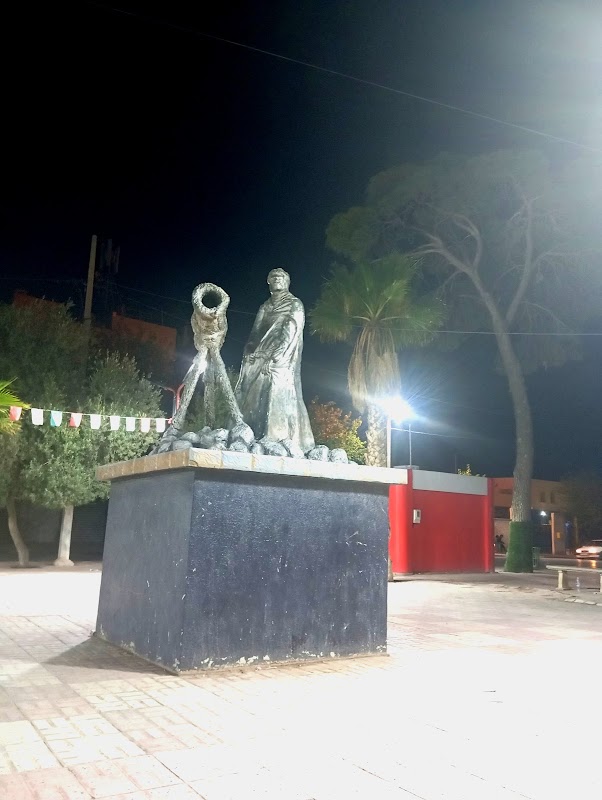
Oued Er-Rbah Wetlands Adventures
The Oued Er-Rbah Wetlands is a critical wetland ecosystem in northeastern Algeria, recognized for its rich biodiversity and importance as a habitat for migratory birds and native aquatic species.
About Oued Er-Rbah Wetlands

The Oued Er-Rbah Wetlands are located near the Mediterranean coast in northeastern Algeria, covering an important stretch of riparian and marshland habitats along the Oued Er-Rbah river. This wetland complex plays a vital ecological role by supporting a range of aquatic plants, fish, amphibians, and many species of waterfowl, including several migratory birds that use it as a stopover during their journeys through the Mediterranean flyway. The wetlands are part of a larger network of protected sites aimed at conserving Algeria’s natural heritage and sustaining local biodiversity. The area includes reed beds, freshwater marshes, and shallow open waters that nourish a variety of flora and fauna. Historically, the wetlands have supported local communities through fishing and small-scale agriculture, providing an interface between human activity and nature. Outdoor enthusiasts visiting the site can enjoy birdwatching, nature photography, and gentle walking paths along the water’s edge. While infrastructure is minimal, the area's natural setting offers a peaceful experience focused on wildlife observation and environmental education. Conservation efforts have set priorities for protecting the wetlands against pollution, drainage, and urban encroachment. The Oued Er-Rbah Wetlands represent a critical refuge for endemic and migratory species alike, making it an important destination for eco-tourists and researchers studying Mediterranean wetland ecosystems.
Highlights
Key stopover site for migratory waterfowl such as herons, flamingos, and ducks
Diverse wetland habitats including reed beds and freshwater marshes
Opportunities for birdwatching and ecological study
Scenic riverbank walkways with views of the wetland ecosystem
Notable Natural Features
Migratory Bird Habitat
The wetlands provide crucial resting and feeding grounds for species migrating along the Mediterranean flyway.
Reed Beds
Extensive stands of Phragmites reeds offer breeding habitat for various aquatic birds and shelter for fish.
Oued Er-Rbah River Channel
The slow-moving river supports the wetland’s hydrology and is a habitat for native fish and amphibians.
